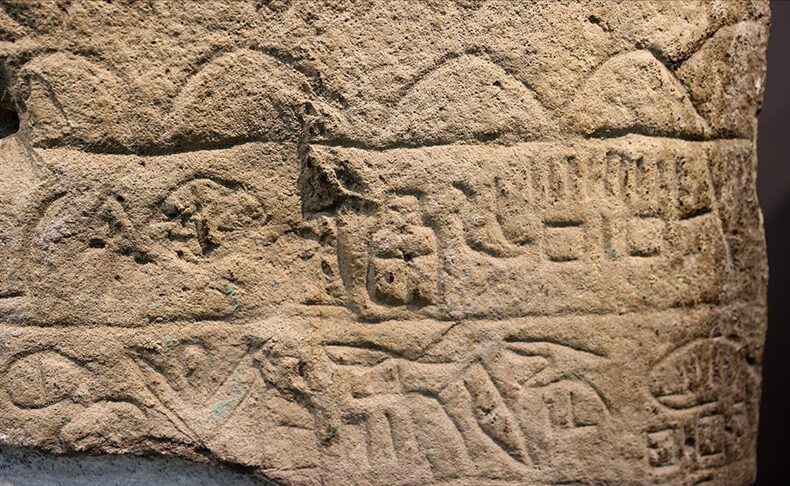
Four-Generation Monument from the Late Hittite Period with Luwian Hieroglyphs: The İspeçkır Stele
Discovered in 1907 in the Darende district of Malatya, Türkiye, the İspeçkır Stele is an extraordinary artifact from the Late Hittite Period (circa 1200–700 BCE). Today, it is on display at the Sivas Archaeology Museum, offering visitors a unique glimpse into the royal lineage and belief systems of the ancient Hittite world. The monument features depictions of four generations of the Hittite royal family, alongside inscriptions in Luwian hieroglyphs.
An Icon of Late Hittite Heritage
Standing approximately 2 meters tall, the İspeçkır Stele is one of the most striking archaeological artifacts from Anatolia. With richly carved figures and hieroglyphic texts on three of its sides, the stele sheds light on the political and religious traditions of the Hittite successor states.
The Last Representatives of the Hittite Dynasty
The stele includes reliefs of King Kuzi-Teshub of Carchemish, his grandson Arnuwantis I, Arnuwantis I’s wife, and their grandson Arnuwantis II, who commissioned the monument. According to experts, the stele was created by Arnuwantis II as a tribute to his deified grandparents, in line with Hittite royal tradition.
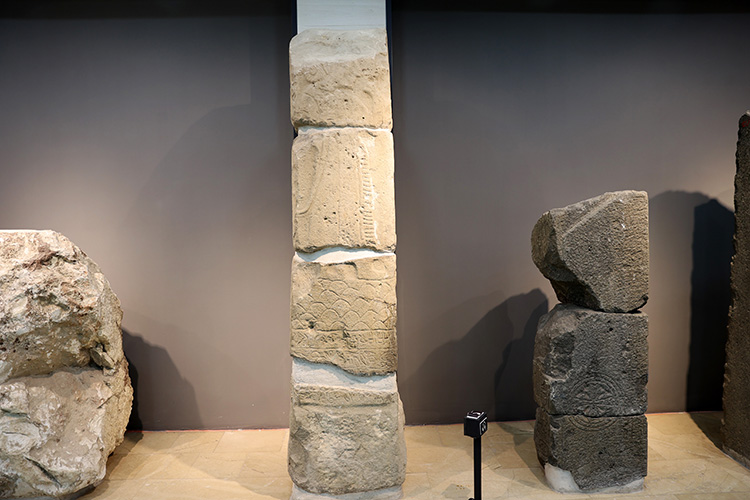
Professor Dr. Bora Uysal, an archaeologist from Sivas Cumhuriyet University, explains that the inscriptions on the stele provide clear information about the individuals depicted and the purpose of the monument. In the Hittite worldview, deceased members of the royal family were considered gods—a belief reflected in the imagery and inscriptions.
📣 Our WhatsApp channel is now LIVE! Stay up-to-date with the latest news and updates, just click here to follow us on WhatsApp and never miss a thing!!
A Historical Treasure from Malatya
Named after the village of İspeçkır, near where it was found, the stele was uncovered by local villagers and later entered into the archaeological record. The monument’s rectangular prism shape features carvings on three sides, with the reverse left plain.
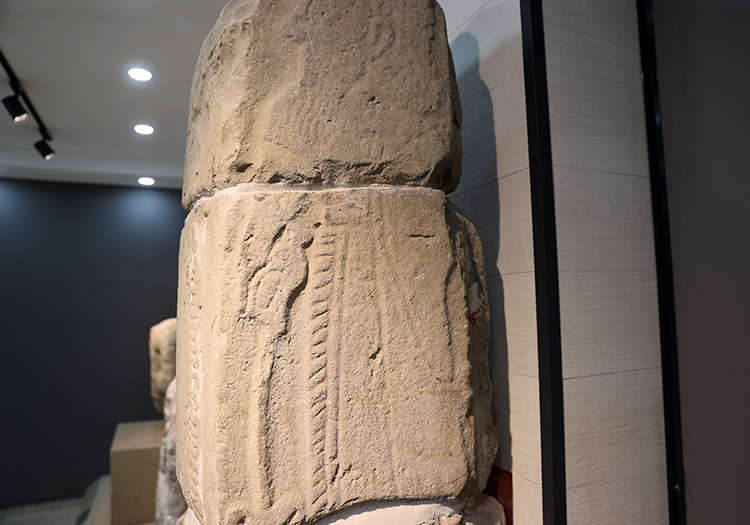
From the Hittites to Carchemish: A Political Legacy
Professor Uysal notes that during the Late Hittite period, Carchemish was one of the most powerful Neo-Hittite states and held influence over Malatya. Kuzi-Teshub appointed his relative Arnuwantis I as ruler of Malatya. Generations later, Arnuwantis II had the stele made to honor and immortalize his ancestors.
In one of the scenes, Arnuwantis II is shown pouring liquid from a vessel before his deified ancestors—symbolizing a ritual act of devotion and reverence. This religious imagery offers insight into the continuation of Hittite belief systems even after the fall of the empire.
Cover Image Credit: Serhat Zafer/AA
You may also like
- A 1700-year-old statue of Pan unearthed during the excavations at Polyeuktos in İstanbul
- The granary was found in the ancient city of Sebaste, founded by the first Roman emperor Augustus
- Donalar Kale Kapı Rock Tomb or Donalar Rock Tomb
- Theater emerges as works continue in ancient city of Perinthos
- Urartian King Argishti’s bronze shield revealed the name of an unknown country
- The religious center of Lycia, the ancient city of Letoon
- Who were the Luwians?
- A new study brings a fresh perspective on the Anatolian origin of the Indo-European languages
- Perhaps the oldest thermal treatment center in the world, which has been in continuous use for 2000 years -Basilica Therma Roman Bath or King’s Daughter-
- The largest synagogue of the ancient world, located in the ancient city of Sardis, is being restored

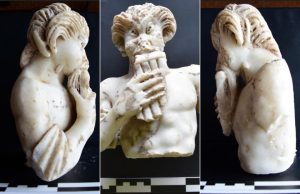
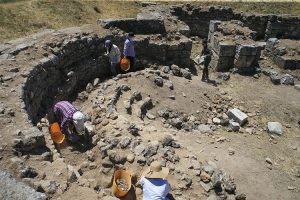
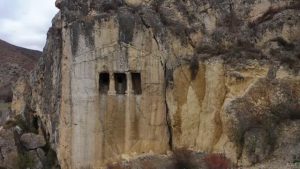
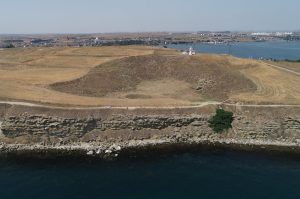

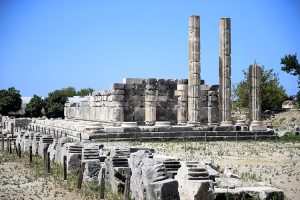


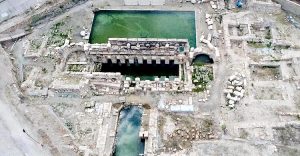
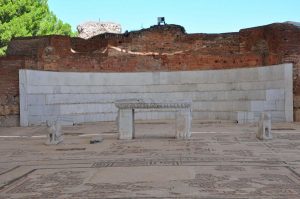
Leave a Reply